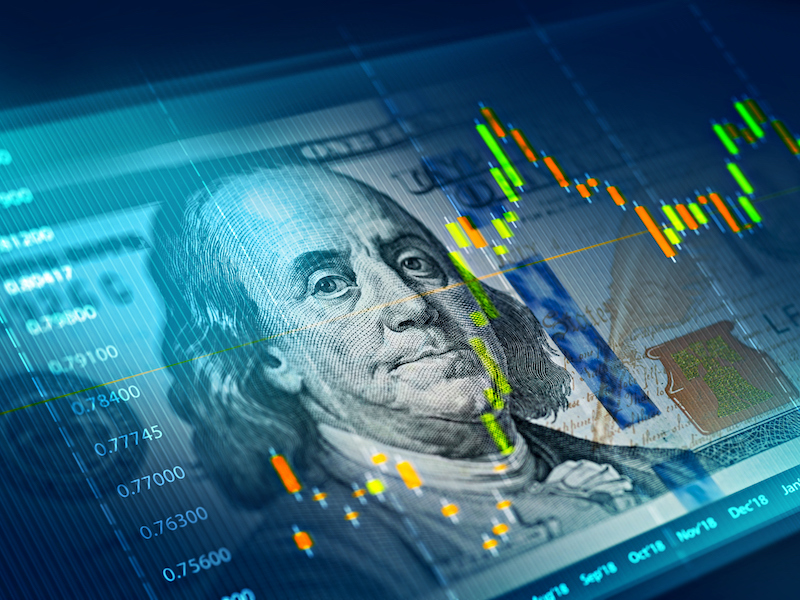
The risk of stronger inflation in the U.S. is on the rise amid the threat of higher tariffs and still-strong consumer spending, says Fitch Ratings.
In its latest global economic forecast, released Thursday, the rating agency raised its projection for U.S. economic growth in 2025 by 0.5 percentage points to 2.1%.
“The key driver of our U.S. forecast revision is a re-evaluation of the outlook for consumer spending, where there is simply no sign of the gradual slowdown we were anticipating,” Fitch said.
“Data revisions show household income has been growing much faster than previously measured and that savings buffers are stronger,” it noted.
Alongside the upward revision to its U.S. forecast, Fitch also cut its forecast for eurozone growth by 0.3 points and its China forecast by 0.2 points — leaving its global growth forecast for 2025 at 2.6%.
“Household real incomes are also picking up in the eurozone, but the consumption recovery looks like it will be more muted,” Fitch said, adding that household savings have risen amid concerns about labour markets.
“Companies are concerned about U.S. protectionism and a loss of dynamism in Germany’s export sector and prospective fiscal tightening is weighing on demand prospects in France.”
At the same time, Fitch warned that the unexpected strength in consumer spending — along with expected tariff hikes, which will raise import prices, and reduced immigration, which will boost labour costs — is boosting the threat of inflation.
“A crackdown on immigration could add to inflation by reducing labour supply growth and we have raised our U.S. inflation forecasts,” the rating agency said.
Fitch said it now expects that U.S. tariffs “will rise sharply next year but the scale, scope and timing of hikes is uncertain.”
These tariff hikes are projected to negatively impact GDP growth, including U.S. growth, “with the biggest adverse shocks in Canada, China, Mexico, Korea and Germany.”
As a result, Fitch cut its GDP forecast for China in 2026 by 0.3 points and trimmed its global forecast for that year by 0.1 points.
“There is huge uncertainty about exactly what will happen on U.S. tariffs but it seems likely they will rise significantly,” said Brian Coulton, chief economist at Fitch, in a release.
“The working assumption used in our forecast is that the U.S. average effective tariff rate goes back to where it was in the 1960s, driven mainly by the assumption of a very sharp rise in the effective tariff rate on imports from China.”
Against this backdrop, Fitch said it still expects 125 basis points’ worth of rate cuts from the U.S. Federal Reserve Board in 2025, but that it doesn’t anticipate any rate reductions in 2026.
In Europe, the weaker growth outlook will put the European Central Bank (ECB) “on a faster easing trajectory and we expect it to cut the deposit rate swiftly, to a below-neutral 1.75% by July 2025,” it said.